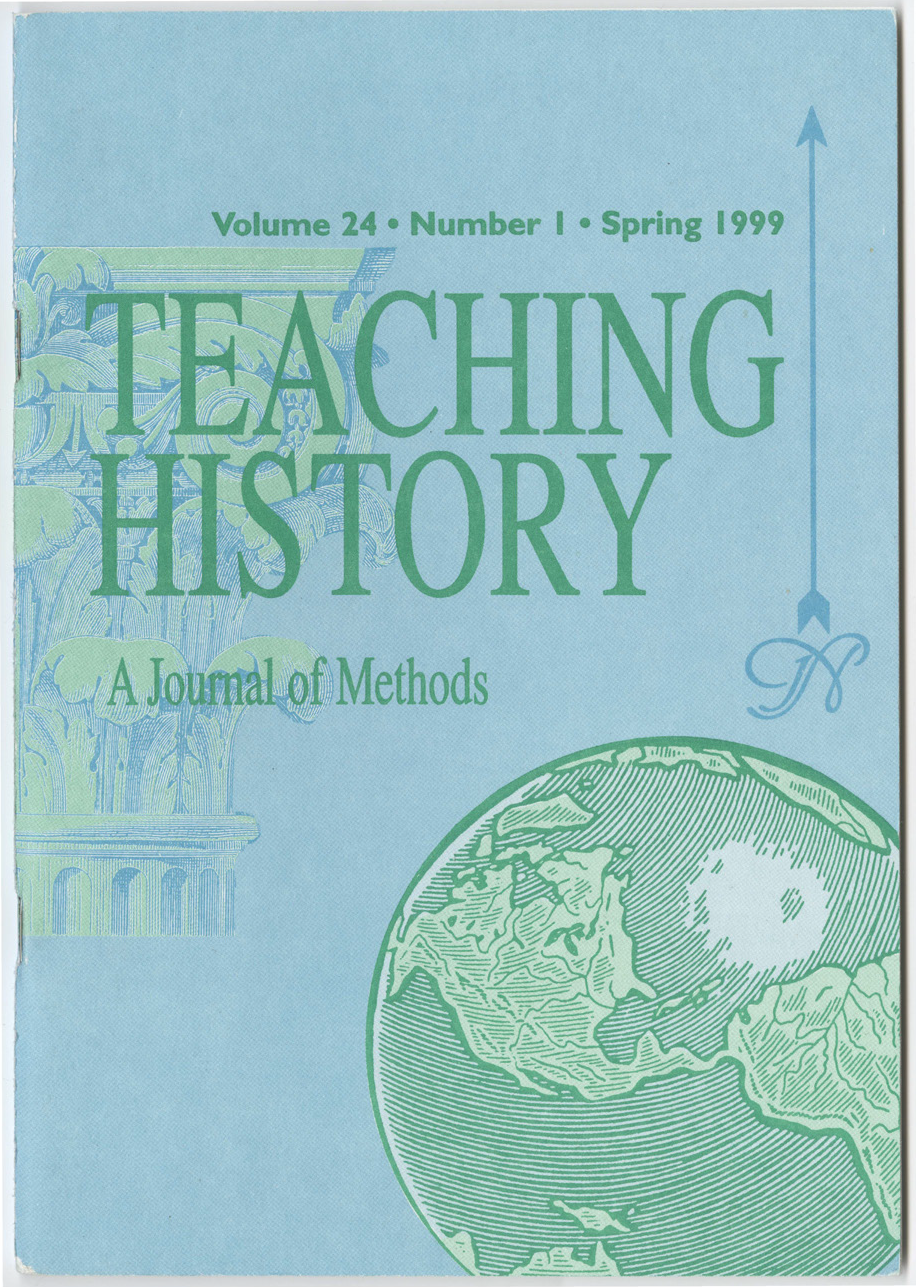Nardo, The Bill Of Rights
DOI:
https://doi.org/10.33043/TH.24.1.48-49Abstract
Opposing viewpoints readers are among the most established of all forms of supplementary reading in the history classroom. By presenting history in the form of discourse, and demonstrating the steps in the process through which we move in constructing an interpretation of the past, a good interpretive reader can help students appreciate historical method. This type of assignment often facilitates student participation, from one-on-one discussions to teams in mock legislatures, conventions, and courts. With a bit of guidance from a good moderator, it's a proven path to student involvement.
The Bill of Rights is part of a larger series of digests being produced by Greenhaven Press. Style and length suggest a target audience of high school and community college readers, although the author is careful not to speak down to the audience.
Downloads
Downloads
Published
How to Cite
Issue
Section
License
Copyright (c) 1999 George W. Geib

This work is licensed under a Creative Commons Attribution-NonCommercial-NoDerivatives 4.0 International License.
By submitting to Teaching History, the author(s) agree to the terms of the Author Agreement. All authors retain copyrights associated with their article or review contributions. Beginning in 2019, all authors agree to make such contributions available under a Creative Commons Attribution-NonCommercial-NoDerivatives 4.0 International license upon publication.



